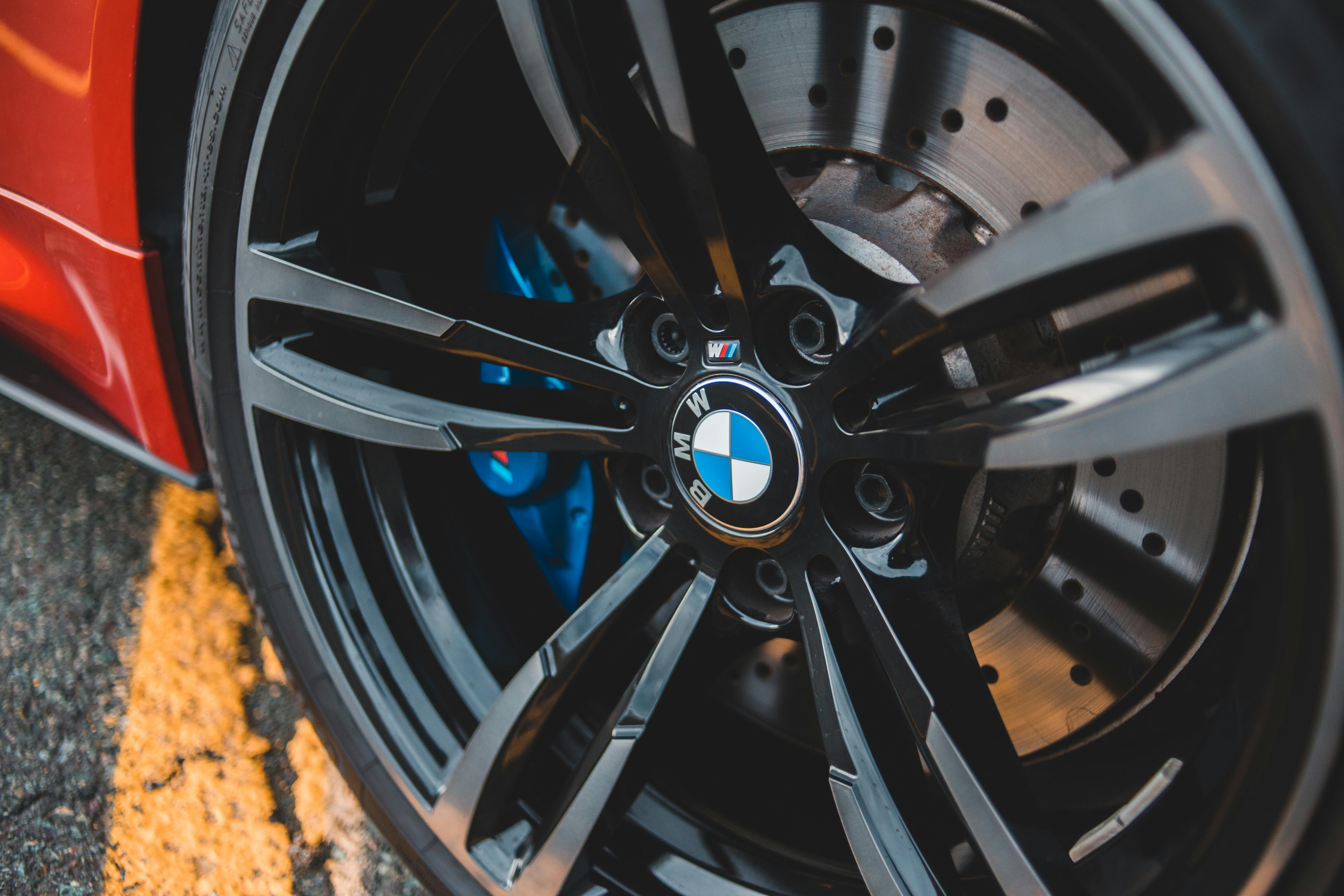Jaguar XJR- Is Your Engine A Victim Of Nikasil?
Jaguar, and many other automakers, decided to use Nikasil in their engines in the mid to late 1990s as a way to line a cylinder in an alloy block to avoid the expense of steel liners. This decision turned out to be fatal for more than one engine and the Jaguar XJRs, due to their superchargers and higher compression, have had some problems. Nikasil turned out to be less than expected in the durability category and when this coating wears out, compression drops and significant power is lost.
Alloy engines generally require steel liners on the cylinder wall to prevent excessive wear. This is because the alloys tend to be soft and the cylinder walls take a lot of abuse. However, alloy is much lighter than steel and has been an attractive weight-saving material for years in racing applications.
It is important to know which cars were affected because not ALL Jaguar XJR owners need to worry. Jaguars built between 1998-2000 were the only ones that used Nikasil, so if you own a 2001 or newer model, you’re free of problems. In 2000, Jaguar began switching to steel liners to fix the problem. Cars with 6 digits in their vin # at the end have Nikasil, cars with 5 digits at the end of their vin # have steel liners. Many of the Nikasil Jaguar XJR cars had their engines replaced under warranty, but there are many that were lost.
So how do you know if your car is suffering?
There is a very good tell-tale sign, starting your Jaguar XJR becomes more difficult due to the loss of compression and you will notice that the engine has to turn several times before firing. There are a few other signs like smoke in the exhaust pipes and oil in the air intake pipe, but starting and power loss are the most obvious. However, the loss of power is so gradual that most people never realize it, even on an XJR. Eventually the engine will not start completely. Replacement can cost up to $ 6,500 for a used engine, plus labor.
The best way to check the condition of your engine is to run a compression test and a leak test. If you are considering buying a 1998-2000 Jaguar XJR, you should consider before paying your hard-earned money for a mystery to test the engine. There are many cars that do not have any problems, but many Jaguar XJR owners seem to avoid these tests out of fear, so the buyer should be careful. If your Jaguar XJR or one you are considering buying has more than 75,000 miles, you should run these tests without hesitation.
